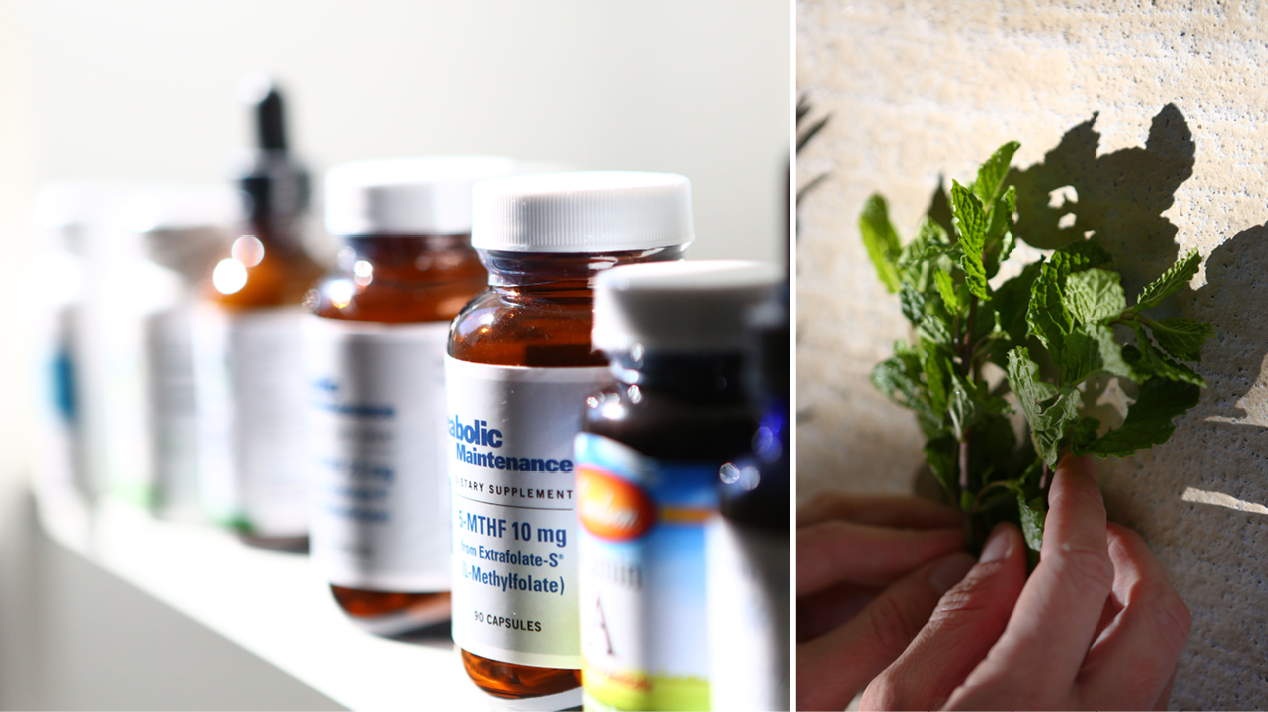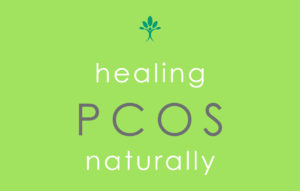5-methyltetrahydrofolate (5-MTHF) is the most biologically active form of the water soluble B-vitamin, folate. Because humans are unable to synthesize 5-MTHF, they must obtain enough in their food supply to keep deficiencies away. Folate occurs naturally in foods such as leafy vegetables, okra, asparagus, fruits, legumes, yeast, mushrooms, organ meat, and juice, such as tomato and orange. The synthetic form of this vitamin is known as folic acid and is found in fortified foods and most supplements. Folic acid is not readily absorbed and must be converted to 5-MTHF in order to be utilized in the body. This is one reason 5-MTHF is the preferred form for supplementation. Therapeutically, 5-MTHF is used in reducing homocysteine levels and thus protecting against heart disease, preventing neural tube defects in the fetus, preventing cervical dysplasia, improving vascular endothelial function, as a treatment for megaloblastic anemia, gingivitis, depression, and vitiligo. Many neurological presentations, such as irritability, organic psychosis, schizophrenia-like syndromes, peripheral neuropathy, myelopathy, and restless leg syndrome may all be secondary to folate deficiency. 5-MTHF has also been indicated for Alzheimer’s disease, methotrexate toxicity arsenic poisoning, cancer, chronic fatigue syndrome, hearing loss, nitrate tolerance, stroke, and Down’s syndrome.
Folate deficiency is considered to be one of the most common nutritional deficiencies in the United States. The deficiency of folate is thought to be due to deficient food supply, defects in its utilization, malabsorption, and deficient enzymes or cofactors needed for the generation of active folate. One of the most significant diseases seen with decreased folate levels is hyperhomocysteinemia, or high homocysteine levels. Elevated plasma homocysteine is an independent risk factor for cardiovascular disease, which can lead to cardiovascular events such as heart attack and stroke. 5-MTHF is needed for optimal homocysteine metabolism as it acts as a methyl donor, providing a methyl group to vitamin B12, which then transfers its methyl group to homocysteine. The result is a recycling of homocysteine to methionine. Methionine is then converted to S-adenosylmethionine or SAMe, a methyl donor used in numerous biochemical processes in the body. This methyl group donation is also vital to many other processes, such as serotonin production, melatonin production, and DNA synthesis.
5-MTHF is considered a non-toxic nutrient and has been used in doses up to 50 mg daily. The typical daily dose of 5-MTHF varies depending on the clinical condition. Most therapeutic doses range from 1 – 3 mg daily. For lowering homocysteine levels, daily doses up to 5 mg are generally used.



Comments are closed.